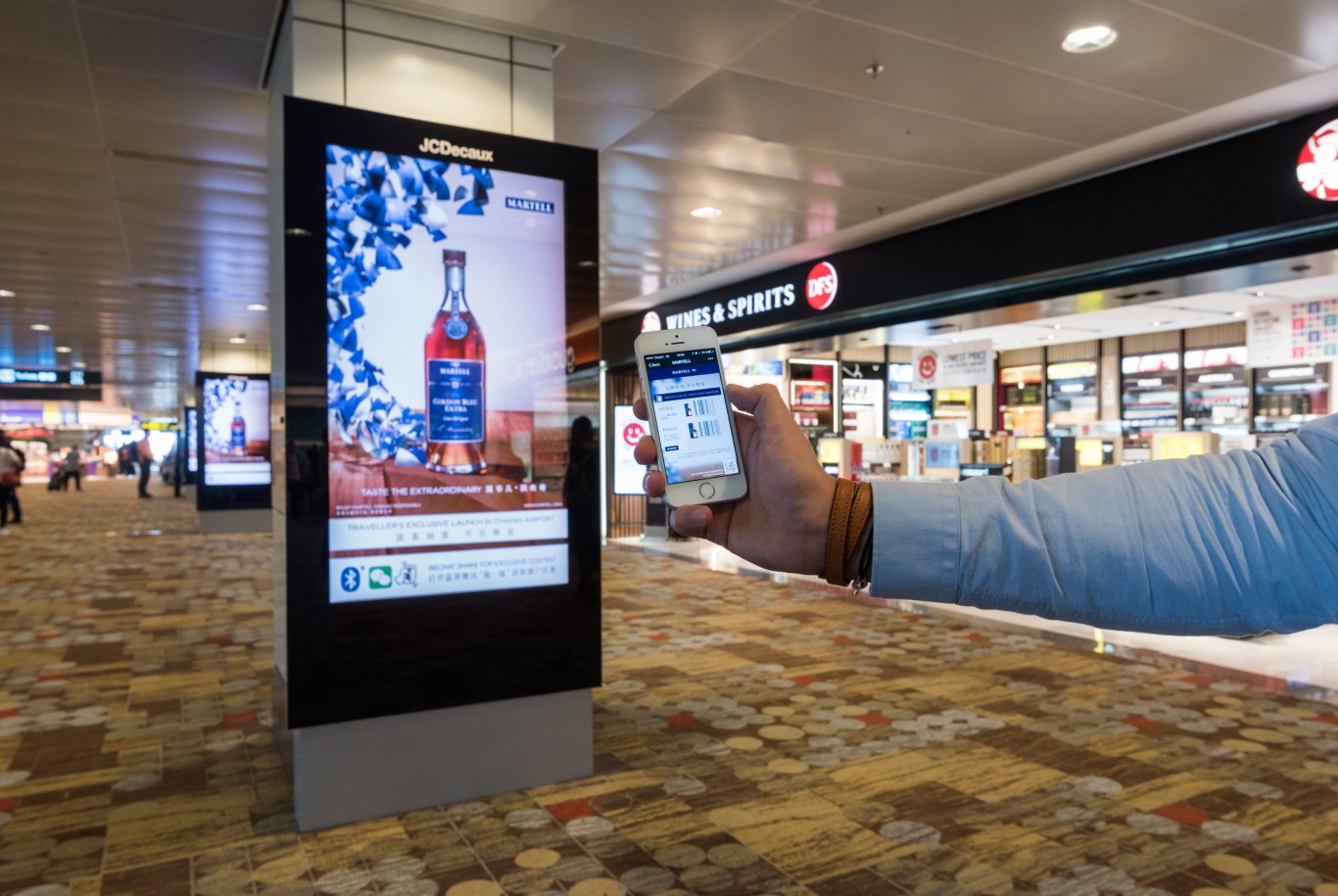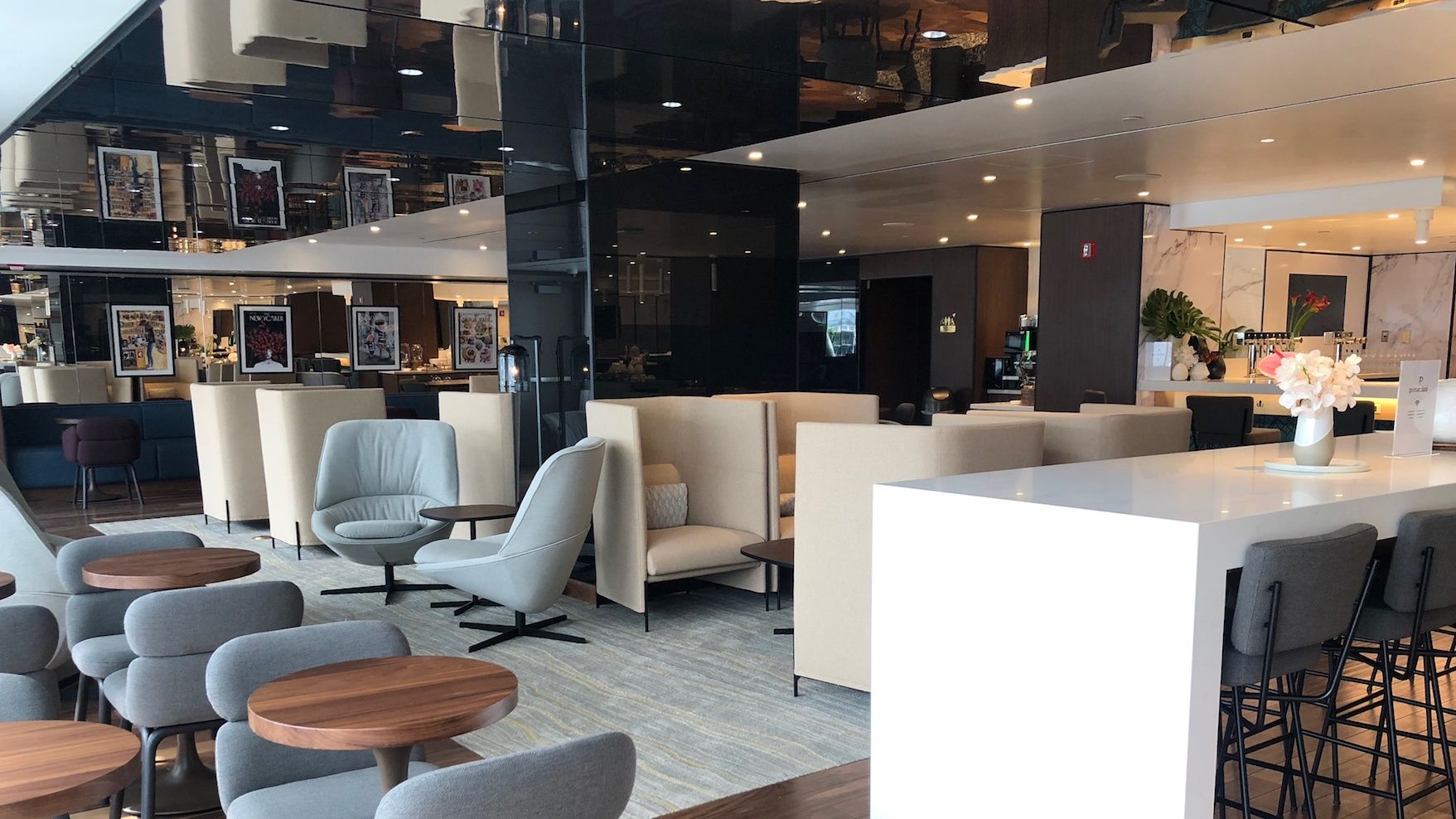VIEWPOINT
“The goal must be to create a memorable brand experience”
2hMedia Solutions Managing Director Martin Salter talks to Mark Lane about how better data sharing can enhance advertising throughout the passenger journey.
Airlines, media and airports should work more closely together to share the data they capture, to improve customer exchanges and experiences.
That’s the view of Martin Salter, Managing Director of Australian consultancy 2hMedia Solutions, which specialises in partnering with airports and transport infrastructure owners to increase commercial returns through advertising and related channels.
Previously, Salter headed up advertising and new media at Sydney Airport for nine years, during which time the airport’s advertising income benefitted from new display formats in multiple precincts and by introducing additional digital revenue channels such as wifi.
He comments: "Airports have a lot of non-identifiable data such as dwell time, FIDS [Flight Information Display Systems], plane movements, bathroom use and beacons delivering wayfinding information. Unfortunately, they don’t know the individual who is flying through – unless they have parked or logged onto wifi, and only then if they have been asked for their info.”
On the other hand, he points out, airlines know exactly who is flying but don’t generally get involved in the passenger airport experience outside of their interaction with the airline at check-in and gate.
He adds: “In fact, many airlines would prefer the customer arrive and go straight to the gate, or their lounge. However, many airports such as Changi, Hong Kong, Sydney and Incheon pride themselves on creating great customer experiences and work closely with their national airlines to create them. Again, better sharing of data from the parties can create greater value for customer, carrier and airport.”

Salter believes that Singapore Changi is one of the most effective airports in terms of engaging customers throughout the journey
This partnering between airport and airline could be particularly effective in the context of airport lounges. Salter sees the airport lounge as an area with significant growth potential because of its high dwell time and capture of consumers in a receptive frame of mind; and a highly sought-after audience profile.
He says: “I see many opportunities to increase non-aviation revenue for airlines through this channel. The benefit of these locations for airlines and lounge operators is that they won’t generally form part of the airport’s control, hence their returns will be greater.”
Salter believes Qantas offers the best onboard and lounge experience. He notes that the Australian national carrier has successfully integrated operations and advertising content that is relevant to the audience.
However there are still more opportunities for airlines to better commercialise their wifi and onboard content, Salter says. “I still feel that most airlines are unaware of the potential revenue they are missing out on.”
He adds: “My entire career in aviation and media has involved creating touchpoints that deliver a specific audience. Companies need to always look at the passenger from road to runway and how at each point you can deliver messages that are relevant. More, however, needs to be done by media in targeting content to specific audiences.”

“The benefit of these locations for airlines and lounge operators is that they won’t generally form part of the airport’s control, hence their returns will be greater,” Salter says
“Companies need to always look at the passenger from road to runway and how at each point you can deliver messages that are relevant”
He believes airlines and airports should use advertising in lounges, but this has to be part of an overall strategy and asset mix. “Putting a screen in a lounge does not necessarily deliver results. Developing integrated solutions that create a deeper engagement is the way to deliver better results for the brands. The goal must be to create a memorable brand experience,” he says.
Salter gives short shrift to any suggestion that one motivation for people using airport lounges is to escape the barrage of digital advertising and promotions.
He comments: “Most people with access to a lounge choose to go to one, irrespective of the airport around them and the presence of brand advertising. Singapore Changi Airport has the best airside and terminal entertainment precincts in the world and there are elements of promotion in their private lounges. Those lounges are full.”
Sight Lines is published by The Moodie Davitt Report (Moodie International Ltd) six times a year.
© All material is copyright and cannot be reproduced without the permission of the Publisher.
To find out more visit www.moodiedavittreport.com and to subscribe, please
e-mail sinead@moodiedavittreport.com
